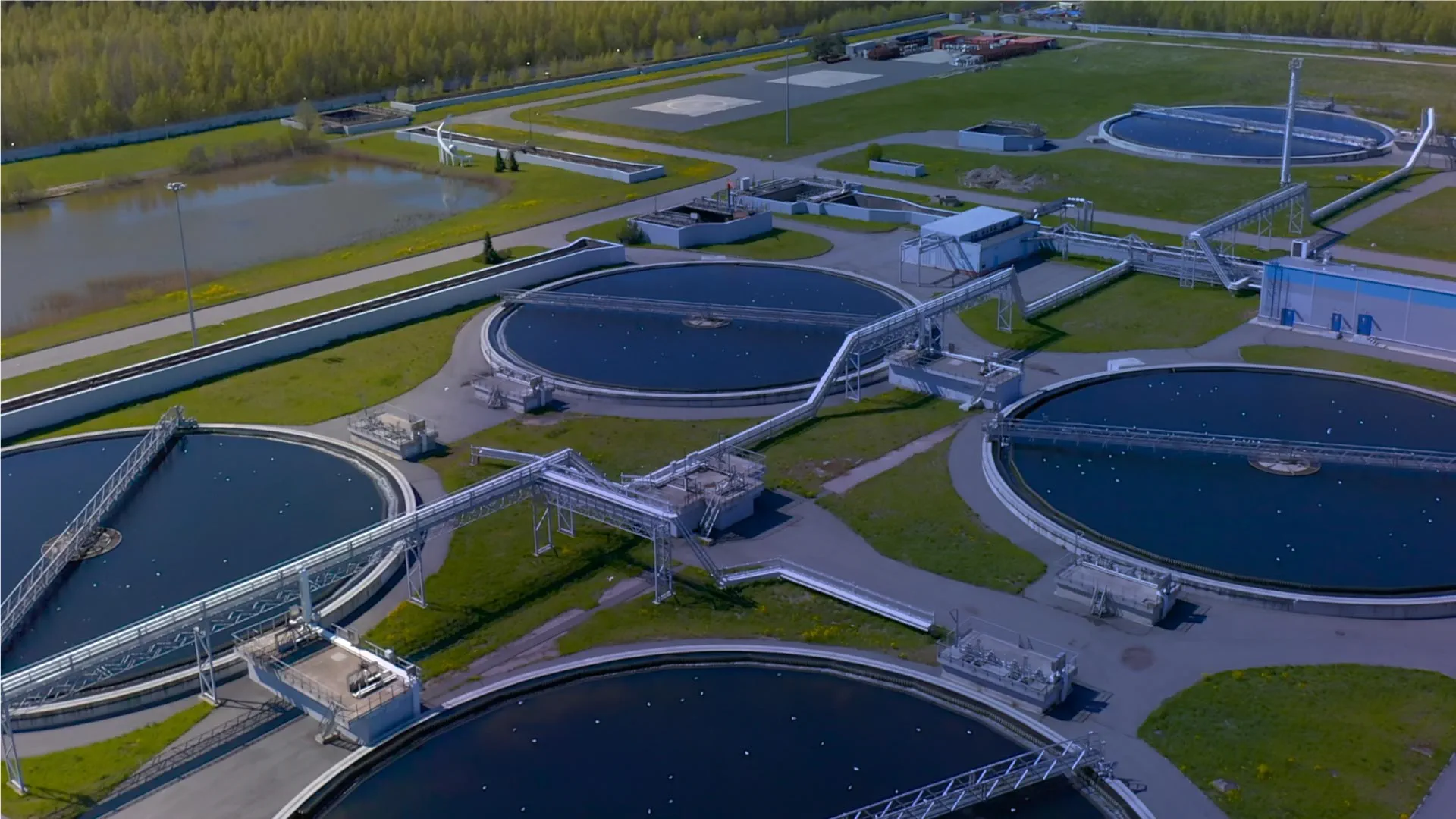“Now more than ever, we need to understand the critical role information plays in so many aspects of business and life. It drives our communication, our decision making, and our reactions to the entire environment. Information is the lifeblood of modern organizations and will become even more important.”
Mark Knight and Christian Roberts, Data is the answer - what is your question?, from the Institute of Asset Management.
Asset-intensive organizations thrive by staying close to their assets, and data is increasingly the most important asset they have. Asset management and investment decisions are made from creating and using datasets on an ongoing basis - especially against a backdrop of extreme events, increased customer focus, pressure to perform better with less resources, and internal landscapes of siloed data and disconnected decision making.
This primer outlines the key takeaways from our recent Dealing in Data webinar, which offers an in-depth guide to data management, and some real-world examples of how it applies to asset management.
Moving to evidence-based asset management
In the wake of the pandemic, ‘resilience’ is at risk of becoming a bit of a buzzword. But in an uncertain world, it really is key to business strategy. Building resilience into your asset portfolio is essential to maintaining positive customer perception, playing your part in tackling the big climate issues, and identifying and capitalizing on process efficiencies that will help you to do more with less.
The theory
There’s no getting away from it. For asset-intensive organizations – such as water, energy utilities or other critical infrastructure – the health of physical assets equals the health of the business. Knowing the true state of those assets, and how they’re likely to perform – i.e. building your evidence base – is the first step to a resilient strategy.
Ultimately, resilience depends on a holistic approach. And a truly holistic approach depends on data.
The key principles
- Omniscient operations: Full sight of processes and the interactions across business units is critical. To build true resilience across your organization and asset portfolio may require a bit of a mindset shift – siloed decision making creates inefficiencies because different teams are understandably focused on their own goals. An overarching line of sight is key.
- Avoid fragmentation at all costs: A comprehensive, well-maintained dataset, available to and valued by every face of the organization, should be an Asset Manager’s holy grail. Disconnected decision making is the enemy of efficiency. And getting everyone on the same page requires a common language and a single source of truth.
Immediate actions
- Say goodbye spreadsheets: Move from spreadsheets to software. Controversial? Maybe. Critical? Definitely. You can only hope to achieve organization-wide efficiencies if everyone is working from the same platform. Siloed spreadsheets, maintained by different people or teams or departments, are a recipe for inconsistency and inefficiency. Conflicting data points, inconsistent parameters, disjointed updates, will only become more apparent – and more concerning – as your data grows. Technology is a key driver to address. It can bring an organization together, identify and resolve data discrepancies, and transform data management.
- Share data company wide: Access to company-wide data will allow you to make decisions that benefit the entire organization, not just specific functions potentially at the expense of others. For example, if you have an asset in poor health, but has low criticality and low risk, you can be less concerned about it than a high-risk asset in a similar condition. But if your data’s siloed, you’ll lose this insight.
Creating a high-quality dataset
Leveraging data is not ‘all-or-nothing’. Even attempting to ‘transform’ your entire organization as part of one big project would be completely overwhelming and unnecessarily drastic. You need to walk before you can run - and you need to take your first steps now.
The theory
First, accurately map out what’s going on in your organization right now. You might be surprised at just how many smart, impactful decisions you can make using just this solid foundation alone.
The key principles
- Start with data, add assumptions: Badly populated data and/or an over-reliance on assumptions will invariably lead to errors in your data. When starting out, you can always lean on assumptions a little to fill gaps, but ensure they’re flagged to be reviewed and confirmed or corrected at the earliest opportunity. Define your key fields, which will depend on the methodology being used, and the relative importance of each.
- Describe and optimize: The two key stages of your data population exercise. First, understand the characteristics of your existing data. Visualize your data to show how complete your fields are, so you can spot gaps and prioritize them. Next, optimize. Test your data - run simple simulations you already know the answers to, so you can reveal priority categories for better data collection. Tools and technology can help take you through this process, step by step. To learn more, watch our Dealing in Data webinar, where we discuss the application of data population mechanisms to your project.
- Plan for the future: Data management isn’t ‘set-it-and-forget-it’, unfortunately. Once you’ve established your first high-quality dataset, you need to maintain it. Periodic maintenance (cleansing, infilling data) and refreshes to ensure asset health data is up-to-date are key. Build these considerations into your process at the outset.
Immediate actions
- Use what you have: Don’t let your concern over lack or quality of data hold you back. Start with what you’ve got. You can absolutely learn something from it. Consider what you have in place right now as the foundation for building quality going forward.
- Create the right processes: Ensure you’re putting in place consistent guardrails for your digitalization initiatives. Use the creation of your first dataset as a learning exercise. Map the steps you took, the parameters you tracked, the data sources you used - and create consistent naming conventions which you can carry into future datasets. Make sure you have audit trails and version controls in place.
- Put project owners in place: Whoever manages an asset, region or project from which data is being collected should take ownership of that data. Additionally, there should be a project manager or key stakeholder - such as a network manager, or a board sponsor for smaller organizations - overseeing the whole network.
Combining multiple datasets
So, you’ve got your datasets in prime condition. Your fields are logical and aligned, you have processes in place to infil assumptions as you go. But to get to the really insightful stuff, combining and cross-referencing datasets is critical. This is what will take you from evidence-based decision making to evidence-based empowerment.
The theory
Combine your datasets – you can begin with two – to reveal insights about the performance of your assets. You can now start asking questions – “If X occurs, how will this affect Y?” – and make predictions. You can optimize your infrastructure and support your decisions with evidence.
The key principles
- Create a consolidated view: It’s not easy, efficient or reliable to maintain data in disparate spreadsheets. A siloed approach, with non-structured sharing of information, means fragmented decision making. A consolidated view makes it easy to share outputs and ensure consistency.
- Find tech that’s purpose-built: While spreadsheets aren’t good enough, trying to use tech that’s built to be adapted to different processes won’t give you the specificity you need. You need a purpose built solution.
- Don’t go with the free-flow: You’re not a data scientist — and probably never wanted to be! So understanding data cleansing and its impact on modeling can be daunting. Common data manipulation tools are free-flow, meaning a user needs to know the required phases to cleansing data, before they can do it. Look instead for tools that take a step-by-step approach to data cleansing and modelling, to make sure you’re getting guided through the process.
Immediate actions
- Create ownership: Every project needs a champion! Establish a project owner and driver as a central point of oversight.
- Plan a kick off and information share: Bring together experts from across the business. Ask them the same questions. Begin to build a picture of the commonalities and differences in the ways they manage their asset data.
- Don’t get lost in the data: Identify one or two common parameters that are critical to managing asset health specifically, and important to obtaining information on targets you want to hit.
Key takeaways
There’s no question that successful asset management increasingly depends on successful data management. The two will only become more intertwined as time goes on, so the earlier you lay the foundations for effective data management, the earlier you'll experience improved asset management and see the impact of resilience.
Success starts with Arcadis Gen
Our AppliedInsight solution offers two, complementary data apps, each focused on a key stage of data analysis and improvement. One helps examine and visualize your data. The second focuses on repairing it. A step-by-step process that deals with the data science, so you can move to modelling.
Not sure where to start?
Why not try our Project Prioritizer. Our interactive tool will help you identify your ‘quick win’ projects. Simply answer four questions and you’ll get you own personalized plan.
Did you find this information useful?
Did you find this information useful?
Thank you for your feedback!

 Back
Back









